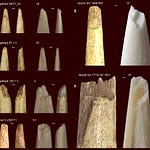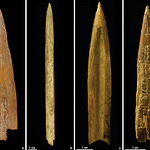A Furnace at the Edge of the Ages
At first glance, a pile of slag and shattered pottery in southern Georgia looks unremarkable. Yet in the Late Bronze Age, this was the workshop of a community transforming raw rock into shining metal. A new study of the Kvemo Bolnisi smelting site, published in the Journal of Archaeological Science, shows how copper metallurgists working around 1200 BCE not only mastered complex furnaces but also began experimenting with iron-rich minerals. This deliberate use of iron oxides to improve copper smelting may represent a critical step on the road to the Iron Age.
“Iron is the world’s quintessential industrial metal,” said Dr. Nathaniel Erb-Satullo of Cranfield University, co-author of the study. “But its origins remain difficult to pin down. Sites like Kvemo Bolnisi let us see ancient metalworkers thinking experimentally.”












